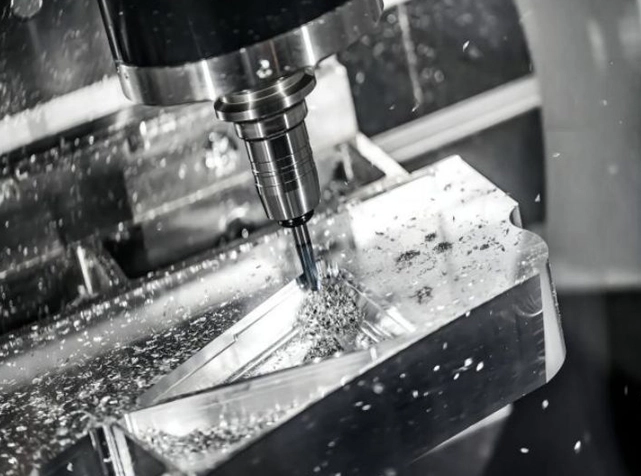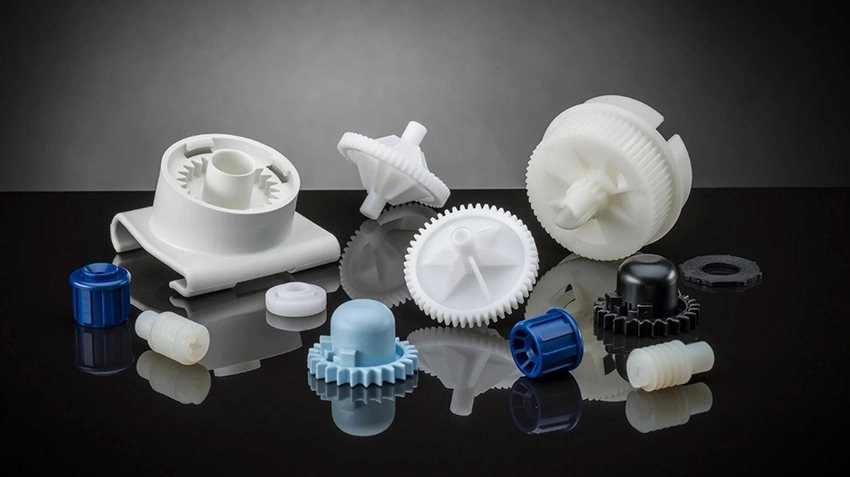Dec 29 , 2024
Let’s face it, finding the right manufacturing method for low-volume production can feel like hunting for a needle in a haystack. Whether you’re creating custom gadgets, limited-edition products, or prototypes, it’s all about striking the perfect balance between cost, speed, and quality. But don’t worry—we’re about to make this journey way easier for you.

Cost Implications
Cost is usually the elephant in the room. Setup fees, material costs, and labor—it all adds up. For low volumes, methods with lower initial costs often make the most sense.
Flexibility in Production
Are you making a one-off design? Or do you anticipate tweaks along the way? Flexible methods can accommodate changes without racking up additional costs.
Lead Time Requirements
Time is money, and short lead times can be a game-changer. Choose a method that aligns with your project deadlines.
Quality Expectations
Even for small batches, quality matters. Some methods excel in precision and detail, while others may require compromises.
Environmental Impact
Want to go green? Certain manufacturing methods are more eco-friendly, reducing waste and energy consumption.
3D printing is like the superstar of low-volume production. It builds products layer by layer from digital designs.
Benefits:
Low setup costs
Perfect for intricate designs
Supports rapid prototyping
Limitations:
Slower for large items
Limited material options
Low-volume CNC machining uses computer-controlled tools to cut and shape materials.
Advantages:
High precision
Works with various materials
Excellent for durable parts
Challenges:
Higher setup costs
Less flexible for design changes
A lesser-known method but highly effective for specific applications.
How It Works:It involves creating molds and pouring liquid material to form the product.
Pros:
Great for detailed designs
Ideal for small to medium batches
Cons:
Limited to certain materials
Slightly longer lead times
Sometimes, nothing beats a human touch. Manual assembly is perfect for products requiring intricate attention.
Ideal Use Cases:
Handcrafted goods
High-value electronics
Low volume injection molding works like its large-scale counterpart but uses simplified molds for smaller quantities.
Applications:
Consumer goods
Low-volume industrial parts

Cost-Effectiveness
3D printing wins for prototypes, while injection molding offers value for small production runs.
Speed of Production
CNC machining often outpaces other methods for precision parts.
Scalability for Future Needs
Methods like CNC machining and injection molding are easier to scale as demand grows.
Material Versatility
CNC machining leads in material options, while 3D printing is catching up fast.
Managing High Setup Costs
Small batches often feel the pinch of setup expenses, especially with methods like CNC machining.
Ensuring Consistent Quality
Manual assembly can lead to variations, so thorough inspections are essential.
Finding Reliable Suppliers
Low-volume needs can make it harder to attract suppliers, requiring careful vetting.
Assessing Your Production Goals
Define your priorities: speed, cost, or flexibility?
Considering Your Budget
Look beyond setup costs to include labor, materials, and potential waste.
Evaluating Available Technologies
Not all methods suit all materials or designs—research your options.
Factoring in Future Scalability
Choose a method that can grow with your business needs.
Choosing the best manufacturing method for low-volume production boils down to understanding your goals, budget, and timeline. From the versatility of 3D printing to the precision of CNC machining, there’s no one-size-fits-all answer. But with careful planning, you can hit that sweet spot of quality, speed, and cost.